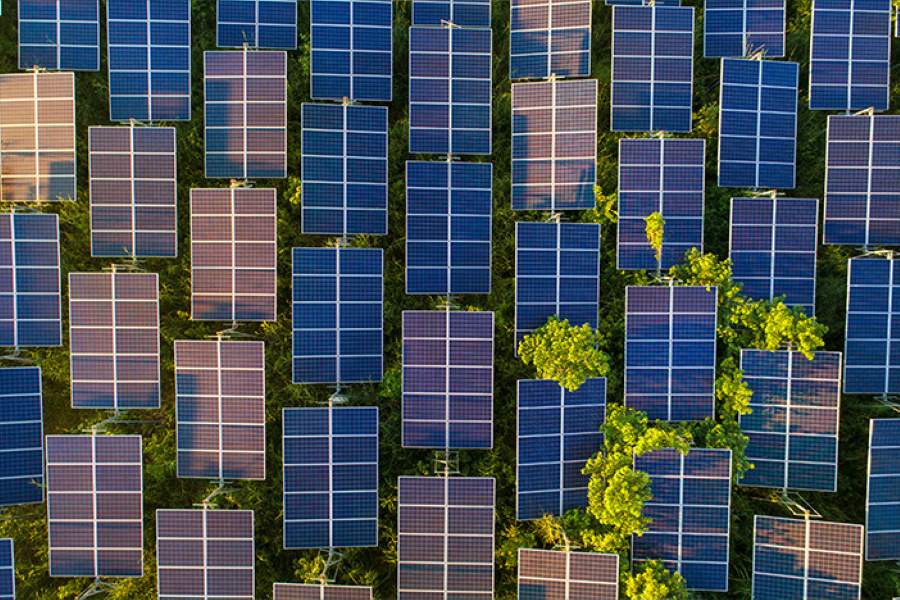Markets, Technology, U.S. News
Federal Funding Spurs Solar Revolution on Farms Across America
Amidst rising concerns over climate change and soaring energy costs, farmers across America are embracing a solar revolution fueled by generous federal funding. Spearheaded by initiatives within President Biden’s climate legislation, agricultural communities are now witnessing a transformative shift towards renewable energy adoption. One such farmer is Jerry Howle. Hailing from Hartsville, South Carolina, he shares his journey of skepticism turned opportunity. Joining the ranks of those benefiting from this green wave, he embodies the transition.
Rural Renewal
In rural communities where economic strains often run high, the promise of free solar energy is a beacon of hope. Jerry Howle, a 42-year-old chicken farmer, found himself at a crossroads when faced with the daunting prospect of a $300,000 investment in solar panels for his farm. However, the discovery of federal subsidies available under the Inflation Reduction Act presented him with a lifeline. This made the investment more feasible, with federal funding support.
Solar Savings
Today, solar panels adorn Howle’s chicken houses, powering ventilation systems that keep his 60,000 birds comfortable. With the entire project financed by President Biden’s climate law subsidies, Howle anticipates a significant reduction in his farm’s $10,000 annual utility bill. This newfound financial relief is a game-changer for Howle’s family, who have long felt the squeeze of escalating operational costs.
Accessible Initiatives
The availability of federal tax credits, grants, and loans has made renewable energy projects feasible even in communities where poverty rates exceed the national average, according to The New York Times report. For farmers like Howle, the combination of subsidies can cover a substantial portion, if not all, of the project costs. Tax credits, in particular, can offset up to 70% of expenses for small-scale initiatives, while agricultural grants provide additional support.
Government Support
The Agriculture Department’s Rural Energy for America Program has been instrumental in distributing grants to farmers seeking to transition to cleaner energy sources. In fiscal year 2023 alone, the department allocated approximately $465 million in grants, a stark increase from previous years. This surge in funding reflects a growing recognition of the importance of sustainable agriculture in combating climate change.
Navigating Challenges
While the promise of federal subsidies is enticing, navigating the intricacies of accessing these funds can be challenging. Farmers often face delays in receiving full grant funding and may require assistance from renewable energy developers and investors to cover upfront costs. Additionally, leveraging tax credits necessitates careful planning, as farmers must ensure they can utilize the credits effectively.
Future Prospects
Despite these challenges, the future looks bright for farmers venturing into solar energy. With the potential to generate additional income by selling surplus power back to the grid, initiatives like Howle’s are not only economically viable but also environmentally sustainable. More farmers are following suit. The agricultural landscape of America is undergoing a green transformation. This promises long-term benefits for both farmers and the planet.
Acquire a 24-month subscription to The Wall Street Journal Print Edition, ensuring daily delivery six days a week. Additionally, this acquisition grants you entry to The WSJ Digital edition, compatible with iPhone, Android, and PC. This subscription guarantees your connectivity to the most recent advancements in finance, politics, medicine, and global news. Take full advantage of expert commentaries and reliable analyses.

